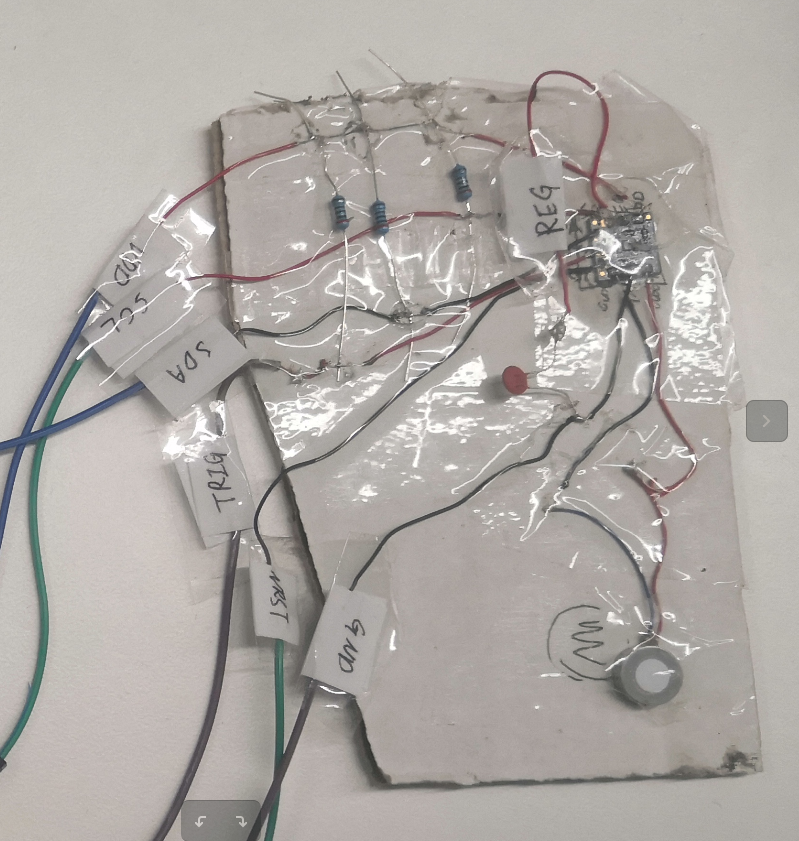Hello,
I'm trying to use the DRV2624 to drive a Mini Disc Vibrating Motor 1027(https://drive.google.com/file/d/1oxdAw6sSTIJld3jplucBFAFzRFhsW3CE/view)
I've adjusted the Rated and Overdrive voltages (3Vrms and 5V) as well as the resonance frequency (175Hz).
But both "diagnostic" and "auto calibration" modes now flag an error (Register 0x01: 0x88).
Our configuration before doing diagnostic and "auto calibration":
reg:0x7 0x48
reg:0x8 0x08
reg:0x1f 0x7d //Rated voltages: 3V
reg:0x20 0xf3 //Overdrive voltages: 5V
reg:0x23 0x36 //FB_BRAKE_FACTOR[6:4]: 3, LOOP_GAIN[3:2]: 2
reg:0x27 0x10 //DRIVE_TIME[4:0]: 16
reg:0x28 0x11 //BLANKING_TIME[7:4]:1, IDISS_TIME[3:0]: 1
reg:0x29 0x0c //SAMPLE_TIME[3:2]:3, ZC_DET_TIME[1:0]: 0
reg:0x2a 0x02 //AUTO_CAL_TIME[1:0]: 2
Motor 1027 is a ERM actuator, right? Does DRV2624 support to drive this Motor?
Thank you!
Regards,
Xu Yaoyang



